
Filter News
Area of Research
- (-) Energy Science (6)
- (-) Nuclear Science and Technology (5)
- Advanced Manufacturing (2)
- Computational Engineering (1)
- Computer Science (5)
- Fusion Energy (6)
- Isotope Development and Production (1)
- Materials (10)
- National Security (3)
- Neutron Science (3)
- Quantum information Science (2)
- Supercomputing (5)
News Topics
- (-) Cybersecurity (1)
- (-) Fusion (2)
- (-) Grid (2)
- (-) Machine Learning (1)
- (-) Microscopy (1)
- (-) Space Exploration (3)
- 3-D Printing/Advanced Manufacturing (13)
- Advanced Reactors (3)
- Artificial Intelligence (2)
- Bioenergy (7)
- Biomedical (1)
- Biotechnology (1)
- Clean Water (4)
- Composites (2)
- Computer Science (7)
- Energy Storage (4)
- Environment (12)
- Materials Science (6)
- Mercury (1)
- Nanotechnology (2)
- Neutron Science (2)
- Nuclear Energy (11)
- Polymers (1)
- Security (1)
- Transportation (10)
Media Contacts

As scientists study approaches to best sustain a fusion reactor, a team led by Oak Ridge National Laboratory investigated injecting shattered argon pellets into a super-hot plasma, when needed, to protect the reactor’s interior wall from high-energy runaway electrons.
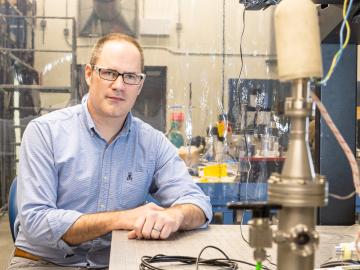
If humankind reaches Mars this century, an Oak Ridge National Laboratory-developed experiment testing advanced materials for spacecraft may play a key role.

Researchers at the Department of Energy’s Oak Ridge National Laboratory have received five 2019 R&D 100 Awards, increasing the lab’s total to 221 since the award’s inception in 1963.

Isabelle Snyder calls faults as she sees them, whether it’s modeling operations for the nation’s power grid or officiating at the US Open Tennis Championships.

IDEMIA Identity & Security USA has licensed an advanced optical array developed at Oak Ridge National Laboratory. The portable technology can be used to help identify individuals in challenging outdoor conditions.

Scientists at Oak Ridge National Laboratory have developed a low-cost, printed, flexible sensor that can wrap around power cables to precisely monitor electrical loads from household appliances to support grid operations.
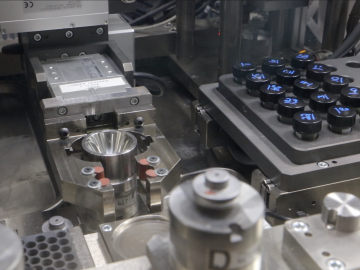
By automating the production of neptunium oxide-aluminum pellets, Oak Ridge National Laboratory scientists have eliminated a key bottleneck when producing plutonium-238 used by NASA to fuel deep space exploration.
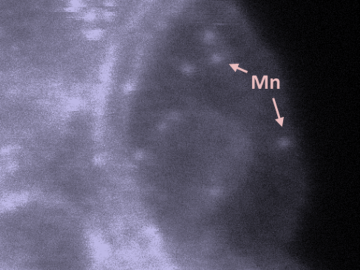
Oak Ridge National Laboratory scientists studying fuel cells as a potential alternative to internal combustion engines used sophisticated electron microscopy to investigate the benefits of replacing high-cost platinum with a lower cost, carbon-nitrogen-manganese-based catalyst.
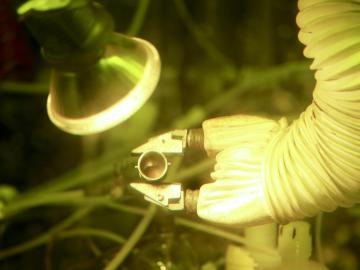
With the production of 50 grams of plutonium-238, researchers at the Department of Energy’s Oak Ridge National Laboratory have restored a U.S. capability dormant for nearly 30 years and set the course to provide power for NASA and other missions.
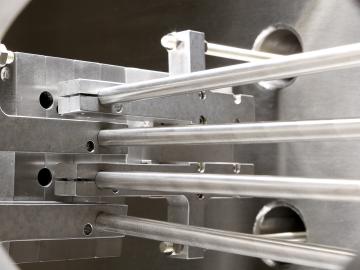
When it’s up and running, the ITER fusion reactor will be very big and very hot, with more than 800 cubic meters of hydrogen plasma reaching 170 million degrees centigrade. The systems that fuel and control it, on the other hand, will be small and very cold. Pellets of frozen gas will be shot int...


